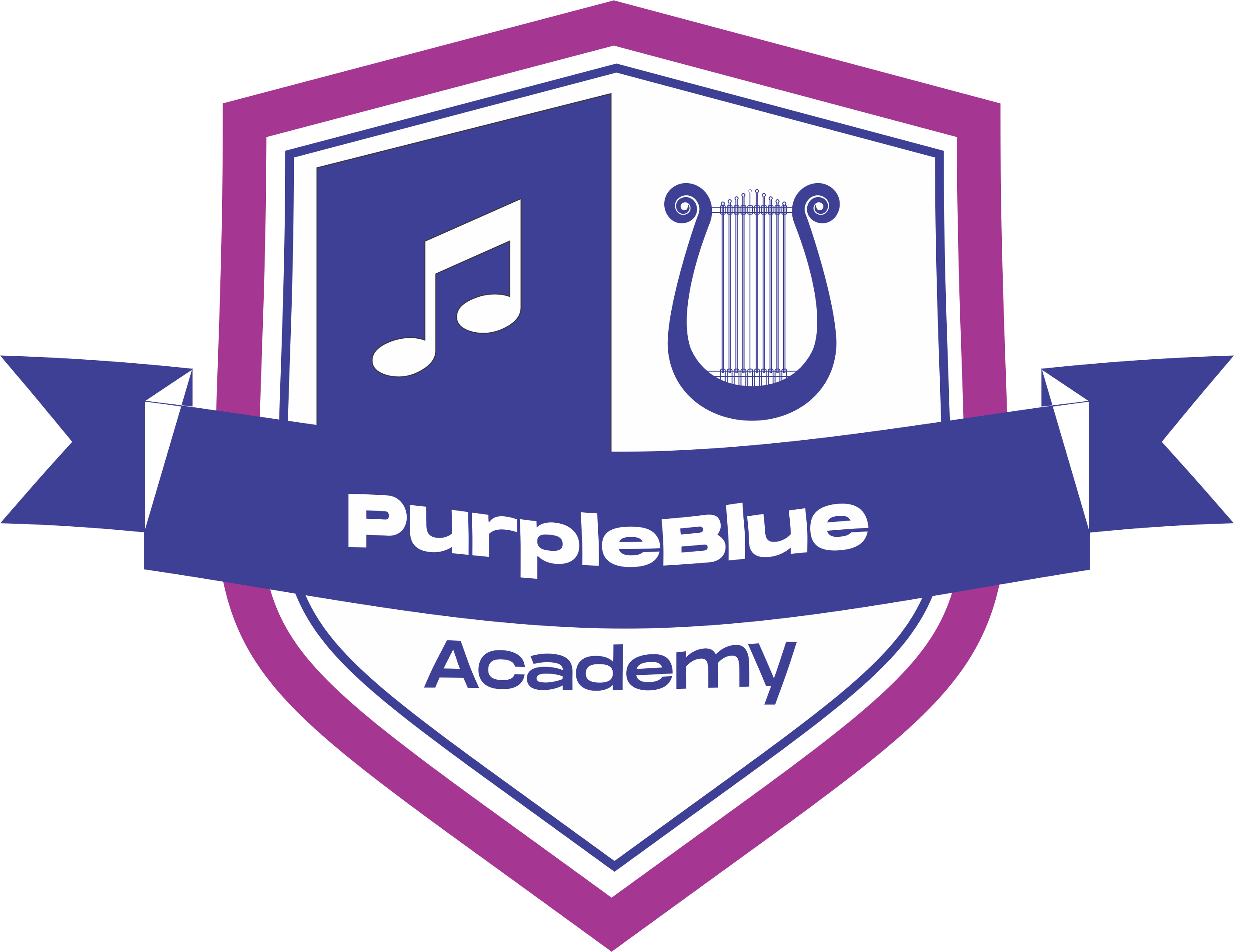
Copyright and Fixation
As a follow up to the eligibility requirement of copyright, I will be sharing with us this week, the second leg of that requirement.
The Nigeria copyright law presumes that a work should exist in some tangible or fixed form before it could enjoy copyright protection. The law expressly states that “a literary, musical and artistic work shall not be eligible for copyright protection, unless, the work has been fixed in any definite medium of expression now known or later to be developed, from which it can be perceived, reproduced or otherwise communicated either directly or with the aid of any machine or device.” It does not matter who fixed the work, the author or someone else. What matters is that the work is fixed.
Fixation requires that a work’s embodiment be sufficiently permanent and stable to permit it “to be perceived, reproduced, or otherwise communicated…”
For an artiste, copyright can protect both songs (which usually consist of a melody and include lyrics if the song has words) and recordings (CDs, mp3s, and any other recording).
The “fixed” requirement means that there is no protection for a song that is only in your head; meaning there is no copyright in ideas. A song may be “fixed” by writing it down, recording it (even on a handheld device like your mobile phone or a recorder), or saving it to a hard drive on a computer. Playing a song live does not meet the “fixed” requirement but, if you record the live performance, you have now “fixed” the song. Once an original work is fixed in a tangible medium, the creator has copyright protection automatically; no registration is required.
It is an established principle of copyright law that copyright protection cannot be extended to a work until and unless the work is expressed in some definite or tangible form.
In an article titled, Observations on the Nature of Fixation in U.K. and Dutch Copyright Law published in the Yale Journal of Law and the Humanities, Sophie Arkette wrote that “perceptual availability is only the first step towards protection. A work also needs to be reproducible and communicable.” She also said that, “stability resides in fixation and in fixation alone, which is in the control of the author.”
Arkette further stated that, “there is a general assumption that if a work is defined as something over and above an idea or a system, an expressive character needs to possess the attributes enabling it to be experienced and reproduced. In other words, it needs to be more than a sensory object of some kind.”
According to Fordham Law Review, Volume 82, Issue 5, Article 11, Professor Laura Heymann was reported to have suggested that fixed art provides a tangible form from which courts can assess the originality requirement. Fordham Law Review further reported that Professor
Heymann stated that “It is not enough for an author to describe his creative process . . . rather, a court must be able to compare what the putative author has created to what came before to determine if the ‘modicum of creativity’ that the court has required exists.”
Furthermore, Fordham Law Review quoted Professor Wendy Gordon as saying, “that the fixation requirement serves as a tangible boundary to intellectual property, which allows others to interact appropriately with that property.” She argues according to Fordham Law Review “that if intellectual property is not given boundaries that define the scope and parameters of a work, and thus the demarcation between public and private property, fair use of such works will be chilled.”
Fordham Law Review also reported that perhaps the most compelling argument for the fixation requirement is that fixation serves an important evidentiary purpose.
In the copyright suit brought by Randy Brown against Time Warner, Turner Broadcasting, Cartoon Network and others in June of 2017, Judge Louis Stanton stated in his ruling that “It is a principle fundamental to Copyright Law that Copyright does not protect an idea, but only the expression of the idea”
In the English case between Donoghue v. Allied Newspapers Ltd, Judge Farewell also stated in his ruling that “at any rate, it is clear beyond all questions that there is no copyright in an idea or in ideas” He further added that “in order to obtain protection, an idea must be expressed in a definite medium because it ensures certainty in the subject matter and avoids injustice to the rest of the world”.
Thank you and stay safe.
CHINEDU CHUKWUJI, PhD
Chinedu Chukwuji is a Copyright and Music Business Expert, Lead Consultant at PurpleBlue Entertainment Solutions and founder of PurpleBlue Academy of Music Business



